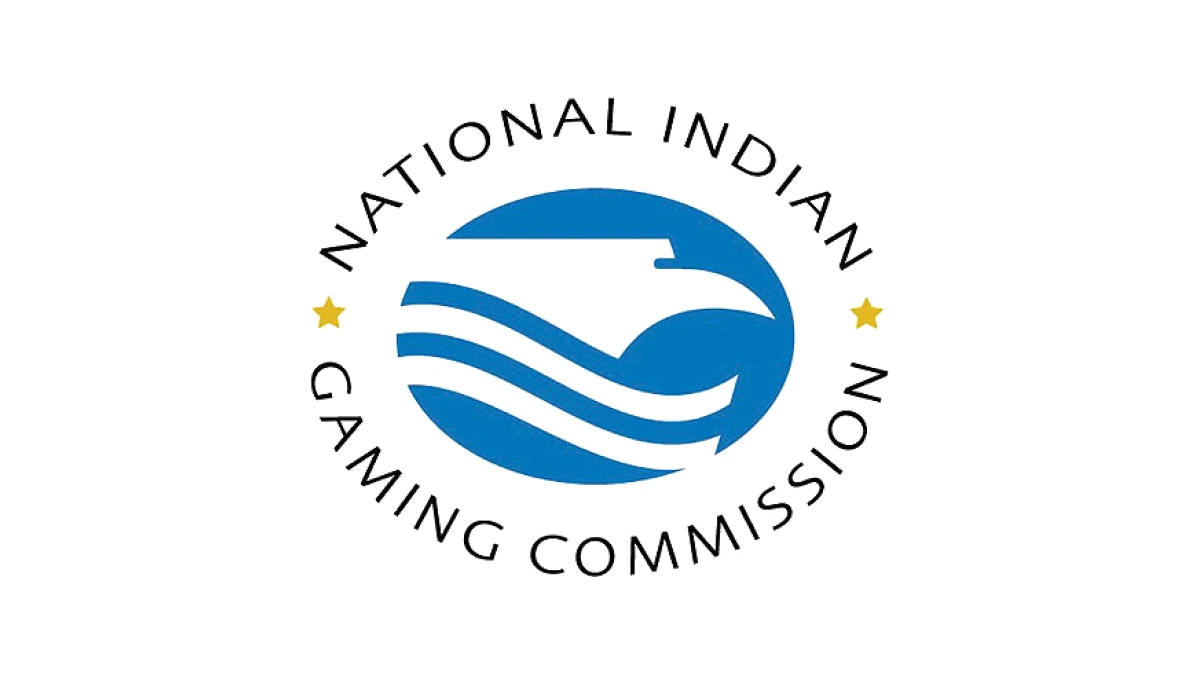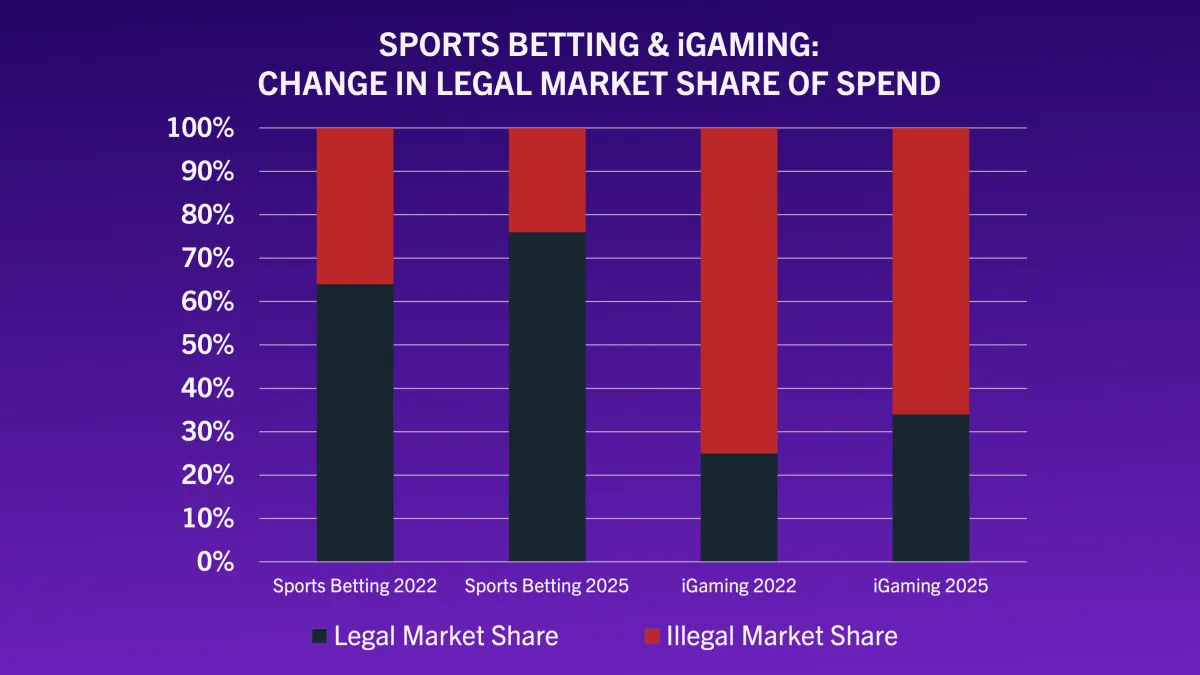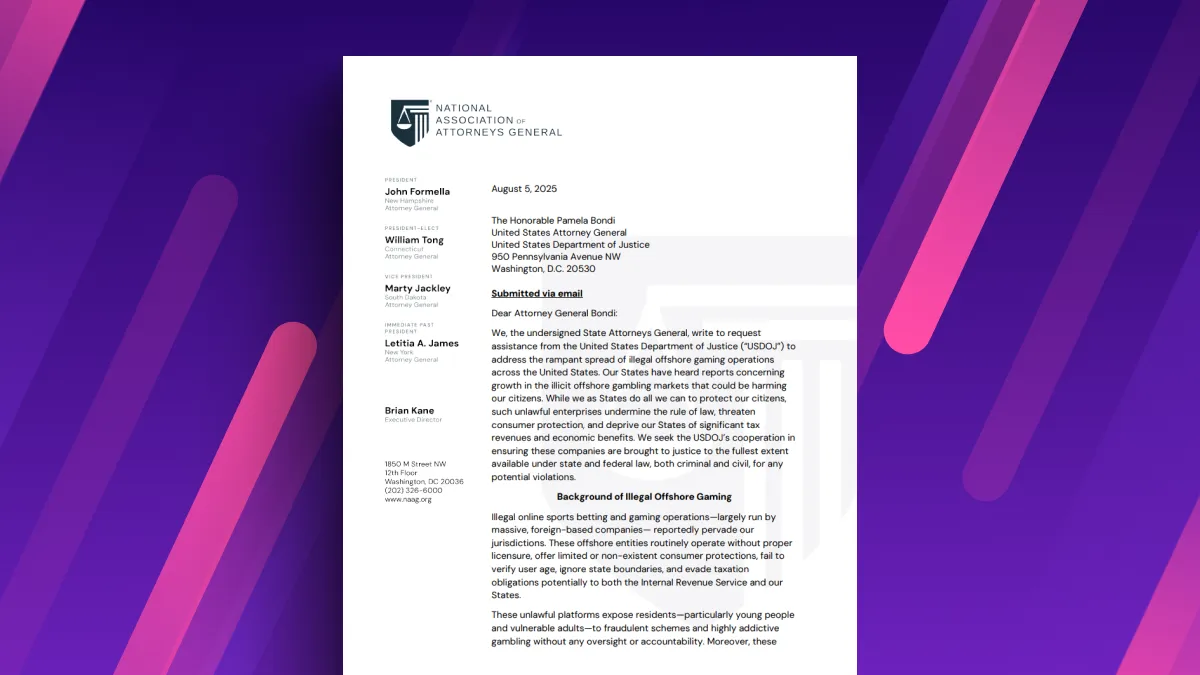Tribal Gaming Hits Record $43.9 Billion in 2024

1.0
Default
The NIGC, or the National Indian Gaming Commission, has announced its revenue earnings for fiscal year 2024: a record total of $43.9 billion. The revenue is a significant increase of $2 billion from 2023, and it represents growth of at least 4% over the entire Indian gaming sector.
The National Indian Gaming Commission, or the NIGC, has announced a record-breaking $43.9 billion in Gross Gaming Revenue for 2024 fiscal year, and the total revenue marks a $2 billion increase from the previous year and a 4.6% overall growth across the entire tribal gaming industry. This historic figure highlights the continuing strength and resilience of tribal gaming as a powerful economic engine for Native American communities.
A testament to tribal resilience and leadership
In a statement released alongside the report, National Indian Gaming Commission Acting Chairwoman Sharon Avery emphasized the significance of the milestone. "This year's GGR reflects not only the resilience of the tribal gaming industry, but also the dedication of tribal leadership in preserving and growing this important economic driver for their communities," she said. Avery credited strong and robust tribal governance as well as a tough regulatory framework for ensuring the integrity and sustainability of the industry.
The revenue figures were compiled from the financial statements of 532 gaming operations, which were independently audited, and these gaming operations are run by 243 federally-recognized tribes in a total of 29 states. The Gross Gaming Revenue figure - defined as the total amount wagered by players minus the winnings paid out - serves as a primary measure of industry health.
Regional success: Oklahoma City and Washington, DC lead the strongest growth
While the overall national increase was substantial, the NIGC highlighted two regions in particular - the areas of Oklahoma City and Washington, DC - as standouts, each reporting double-digit growth compared to the prior fiscal year of 2023. The surge in these areas reflects not just increased player activity but also effective management and reinvestment strategies by tribal casino operators.
Jeannie Hovland, the NIGC's Vice Chair, demonstrated the wide-ranging benefits of tribal gaming revenue for Native communities. "These revenue numbers demonstrate the positive impacts of tribal gaming and the essential role it plays supporting tribal sovereignty, job growth, infrastructure, education, and important social, health, and welfare programs in tribal communities - just to name a few," Hovland stated.
With many tribes using gaming revenue to fund vital services, education programs, and community development projects, the latest figures signal sustained growth not only for the gaming industry but also for tribal self-determination and economic empowerment.
Regulation at the heart of sustainable growth
The NIGC uses annual GGR data to help guide regulatory policy under the Indian Gaming Regulatory Act. The agency continues to work closely with tribal regulators to ensure compliance, integrity, and long-term sustainability within the industry.
"NIGC remains committed to working with Tribes and their regulators to ensure the long-term integrity and success of Indian gaming," Hovland added.
As the tribal gaming industry continues to evolve, the latest Gross Gaming Revenue record milestone offers a strong indication of its enduring viability. With continued collaboration between the NIGC and tribal governments, the industry is well-poised to navigate future challenges while maintaining its role as a pillar of economic development and cultural preservation. The full FY 2024 GGR report, including a detailed regional breakdown, is available on the NIGC's official website at nigc.gov.




















